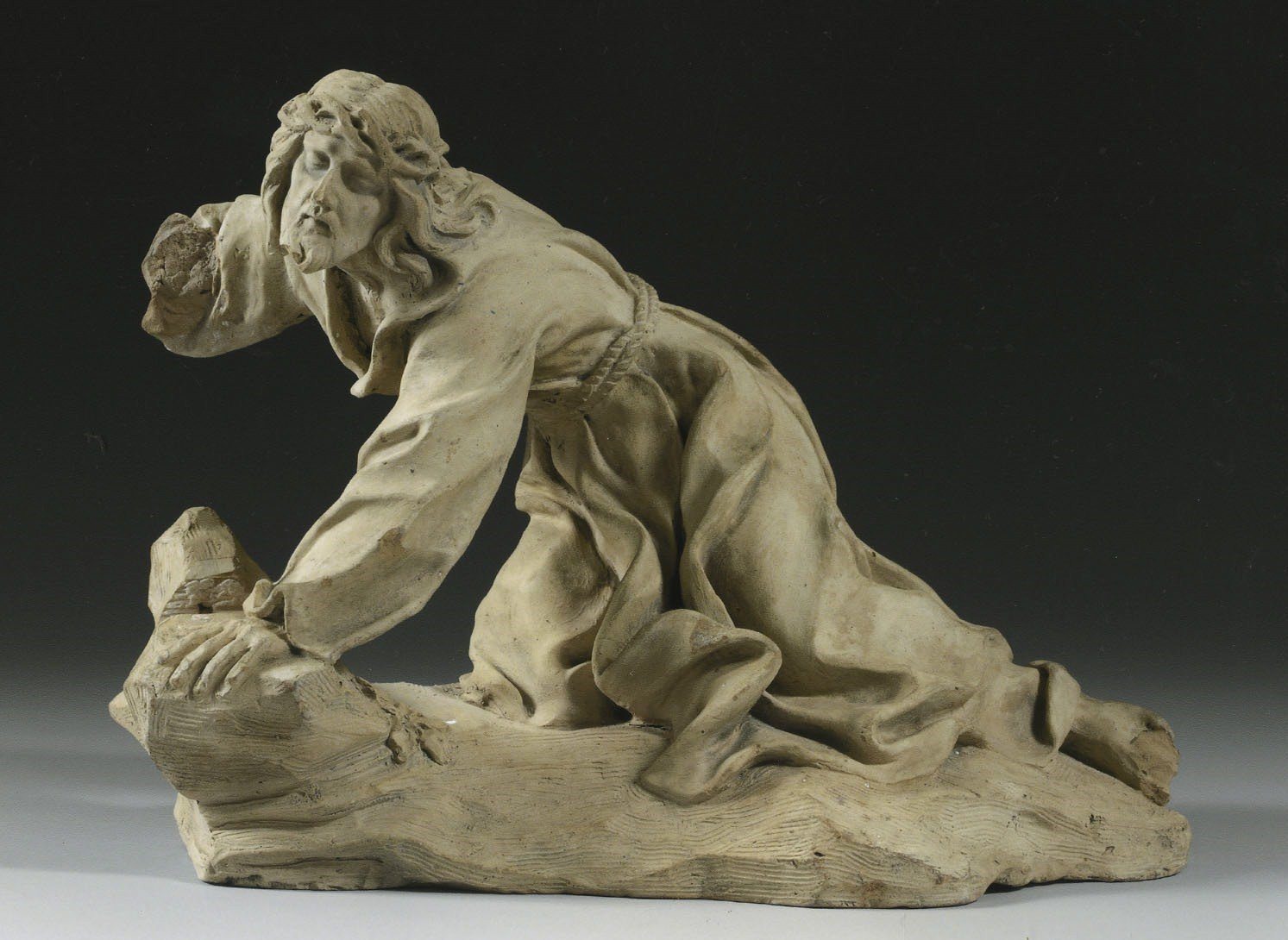Italian sculptor famous for his Attila relief: Who is Alessandro Algardi?
Algardi's works have a simple and dignified appearance. The characterizations of his portraits are introverted.

(1595-1654) Italian sculptor. He represented the classicism of the Carracci Academy in Bologna against the famous Baroque sculptor of his time, Bernini. Born in Bologna, died in Rome. He was a student of Ludovico Carracci, who trained painters such as Domenichino, Reni, and Quercino at the academy he founded in Bologna in 1586. He went to Rome in 1628. Here he became friends with Domenichino, who was also a student of Carracci. In the early years of his art, he worked in restoration work and made plaster sculptures for S Silvestro in Quirinale. In 1640 he was elected director of the Academy of St Lucas. After 1645 he entered the service of Pope Innoccntius and his family, during the reign of Innocent X (b. 1644-1655) Bernini fell out of favor and Algardi was most successful.
Alessandro Algardi (July 31, 1598 – June 10, 1654) was an Italian high-Baroque sculptor active almost exclusively in Rome, where for the latter decades of his life, he was, along with Francesco Borromini and Pietro da Cortona, one of the major rivals of Gian Lorenzo Bernini. He is now most admired for his portrait busts that have great vivacity and dignity.
At the beginning of the 17th century, the transition to the Baroque took place first in the art of painting, through some Bologna-based painters who were trained in Bologna but generally worked in Rome. At the Carracci Academy (Incamminati Academy) where Algardi was educated, the power of Michelangelo, the naturalness of Titian, the purity of Corregio, the harmony of Raphael, the inventions of Primaticcio and the elegance of Primigianino were advised.
The most successful period of Algardi's artistic life was between 1645 and 1655. Meanwhile, the famous baroque sculptor Bernini fell out of favor and Algardi attracted attention with his restrained style. Algardi's art has many things he owes to Bernini. Many of his works are mixed with those of Bernini. This similarity between his works stems from the fact that Algardi was influenced by Bernini's products and transferred many things from them.
Algardi's works have a simple and dignified appearance. The characterizations of his portraits are introverted. Bernini's, on the other hand, are portraits of extremely extroverted characters. Algardi, who is a baroque sculptor himself despite representing the classical understanding, is also fond of hard curves and stormy movements; however, they are not as extreme as Bernini. P
WORKS:
Bust of St. Philip Neri, 1622, (Church of Sta. Maria in Vallicella);
Cardinal Zacchia, 1626, (Berlin);
Burial Monument of Cardinal Millini, 1629, (Church of Sta. Maria del Popolo, Rome);
Bracciolini, (Victoria and Albert Museum, London);
Statue of Innocent, 1645, (Palazzo dei Consrvatori, Rome);
Marble Bust of Donna Olimpia Maldachini, 1650 (Doria Gallery, Rome);
Tomb of Leo, 1634-1652, (S. Pietro, Rome);
Attila Relief, 1646-1653, (S. Pietro, Rome).
-------------------------------------------
https://www.italyonthisday.com/2017/07/alessandro-algardi-sculptor.html
